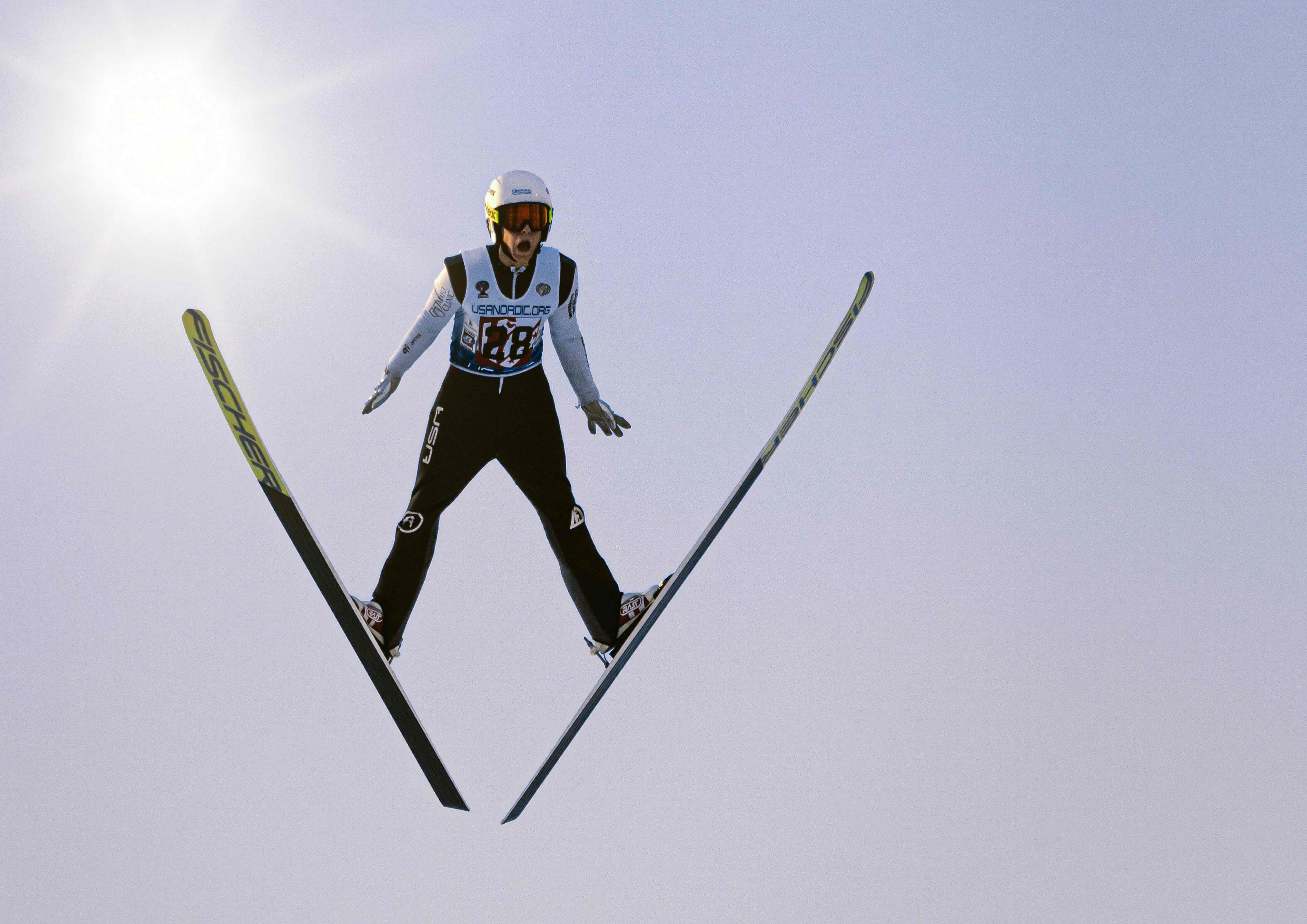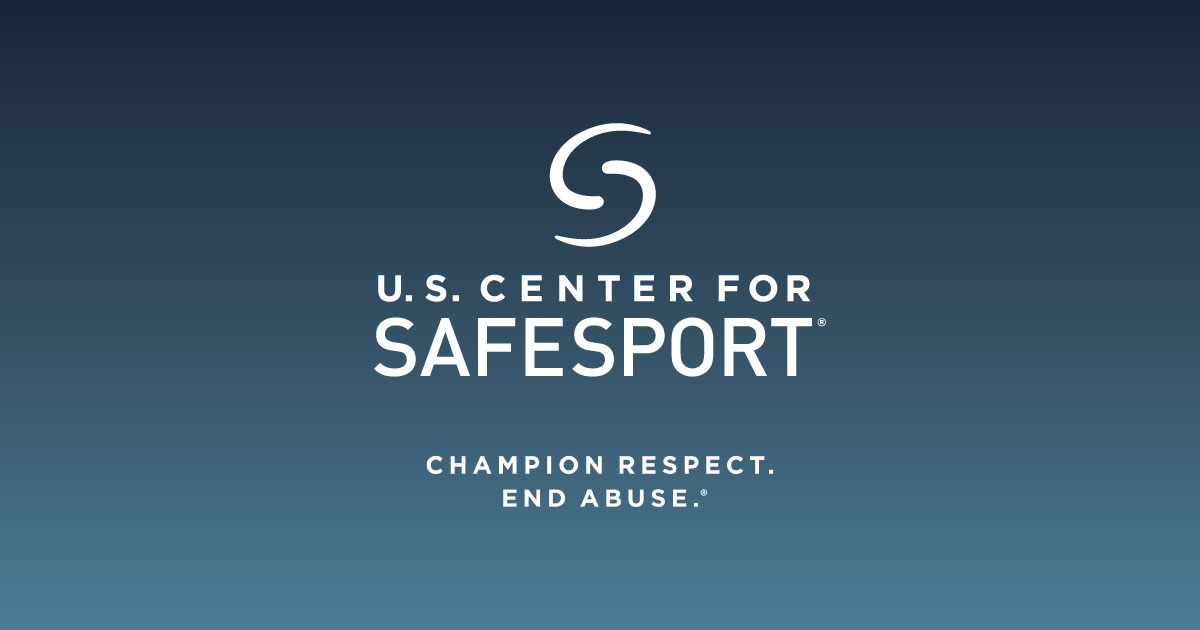.jpeg)
4 Things You Should Know About Your Coach
When it comes to finding and working with coaches, it’s always important to do your due diligence. No matter your sport or level of competition. We live in a world where there are talented and trustworthy people and coaches, and we want to believe we can trust others and that they have our best interests at heart. Coaches are in a privileged and respected position; they can be of great influence and be great mentors.
However, safeguarding measures may not always be in place, or they may not always work to protect athletes. In addition to best practices, safety, and security measures that may be established on your team, at your gym, or at your sporting organization, there are 4 steps you should take in order to support a positive and healthy sporting experience, culture, and coach-athlete relationship. This information can be utilized by athletes, parents, coaches, and administrators alike to promote a safe culture in sport.
**Please note: In this article, ‘Coach’ can be used synonymously with trainer, groom, medical staff, etc., in application to any member in a sport environment who is in a position of power or in connection with athletes of any age.

#1 Go beyond the background check
Background checks are necessary, but not sufficient, in ensuring whether it is appropriate or safe for an individual to be serving as a coach. Only 2.5% of offenders will be incarcerated. In addition to official background checks, confirm the coach's history. It is important to know when and why they left previous positions.
Sometimes, coaches may have been let go, pushed to resign, or have voluntarily left positions without marks on their record regarding misconduct or abuse. Often, communication, cohesion, or public notice does not exist about these matters, making it possible for the coaches to set up shop elsewhere with a seemingly clean slate, nevertheless having a dangerous history.
SafeSport’s centralized disciplinary database partially addresses this concern, listing individuals who face temporary restrictions or violations after investigation. However, this public record only records individuals subject to sanctions according to the SafeSport Code, which may not be inclusive of all harassment and only applies to sports under the U.S. Olympic and Paralympic Movements.
We must do our own homework in contacting references and verifying coaching records. Far too many coaches, teachers, and others in power have been able to relocate without past allegations following them, further endangering others.
#2 Confirm various types of training
Ask and confirm what types of training your coaches have taken. Coaches need training and education to best serve athletes. This includes physical health training, such as first aid, mental health training, and specialized harassment and sensitivity training.
According to Project Play, an Aspen Institute Initiative, coaches “need and want more help addressing the mental health of their players.” Project Play research also revealed that kids who have properly trained coaches stay in sport longer. For more resources on coach education from Project Play, click here. For the Center for Healing and Justice through Sport’s new playbook for coaches, click here.
Other virtual safeguarding initiatives and training are not enough. Though they can be great supplemental steps, they are often general, lengthy, can be hard to absorb and integrate, and do not apply to all sport settings. In addition to these trainings, further discussion, application, and nuances must be incorporated into sport culture, leadership training, and coach and athlete education.
Agreeing to and signing a code of conduct can help granulate and contextualize best practices and serve as a touch tree, or guiding pillar, for all in the sporting environment. Codes of conduct normalize safe behavioral expectations that protect coaches and athletes with transparency, accountability, and commonality.
#3 Determine a system of checks and balances is in place
Oversight and checks and balances have been proven concepts across many systems to disenfranchise any particular person with too much power. We must implement these methods in our sports to effectively protect our athletes. The types of power coaches possess are not inherently bad. In fact, they are essential to a coach’s ability to guide and instruct their students effectively.
However, unhealthy dynamics and misconduct can occur when power goes unchecked or unsupervised. Thus, it is important to ensure we have checks and balances on our coaches as well, where power imbalances can lead to unsafe or inappropriate situations. Like how a board of directors balances out a CEO’s power or how the Supreme Court balances out the President’s power, coaches need support and oversight from other coaches and their organization.
This can be hard to do in the sport setting in some organizations that may be small, elite, siloed, or sequestered in some way or another. Coaches may be positioned as the one and only source of knowledge, person of reverence, or best shot for the athlete to progress in their sporting career.
These dynamics create a dangerous territory in which coaches are given carte blanche. Athletes and parents listen faithfully to their instructors, and can get taken advantage of. This can mean abiding by dangerous training recommendations, falling victim to financial exploitation, or failing to believe any misconduct or abuse that may be occurring.
In these circumstances, it is important for athletes, caregivers, and observers to do a gut check and seek outside expertise if they feel that an uncomfortable situation or dynamic is occurring or developing. Remember perspective and that there are always other coaches, teams, training facilities, and opportunities, regardless of how limited things may seem. An athlete’s best interest should always be paramount.
#4 Research their reputation
Just like how you may hear from prior years' parents about the best 4th-grade teacher, look at professor ratings online, or use employment search engines to check employee satisfaction at prospective companies, get to know your coach's history. Confirm not only their credentials and competence to teach your sport at your skill level, but also learn about their coaching and discipline styles and personal character. You can find this information by asking previous athletes and parents who have worked with this coach. You could also observe them coaching an athlete or at a competition in a public setting.
Take note of what you see regarding how they interact with their athletes, if they observe professional boundaries, and if they speak respectfully. Ask and listen about clues to their reputation, if they are kind to their athletes, if they are too well-liked, or give off any uncomfortable vibes. Often, perpetrators in sport are very well regarded, sociable, and their misconduct hides under this guise. Pay attention to whether others regard the coach with fear, or if you notice any off-putting comments or red flags. This is where you can use your intuition and knowledge of healthy and unhealthy coach-athlete relationship dynamics to determine if this is a coach you want to work with.
Take the onus upon yourself to confirm you are set up for safety and success with your coach by completing these 4 steps today!
Kathryn McClain, MSW, MBA
Program and Partnerships Director at #WeRideTogether



-min.jpg)
